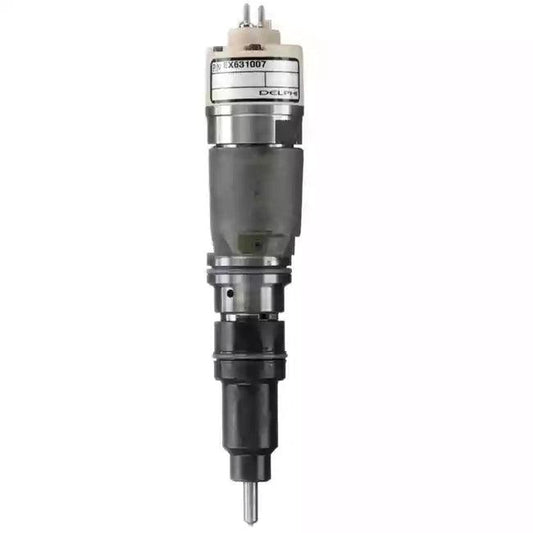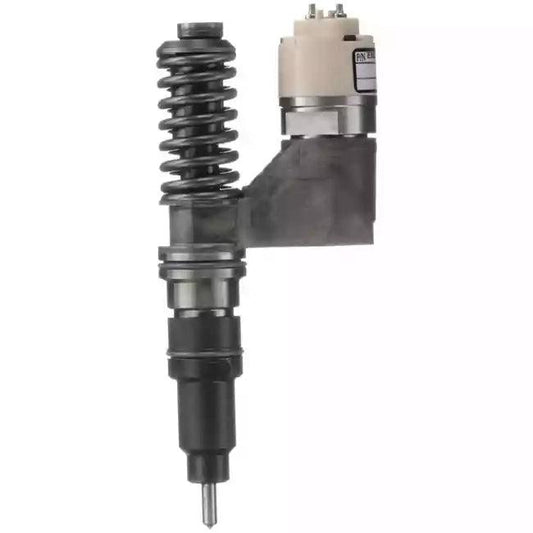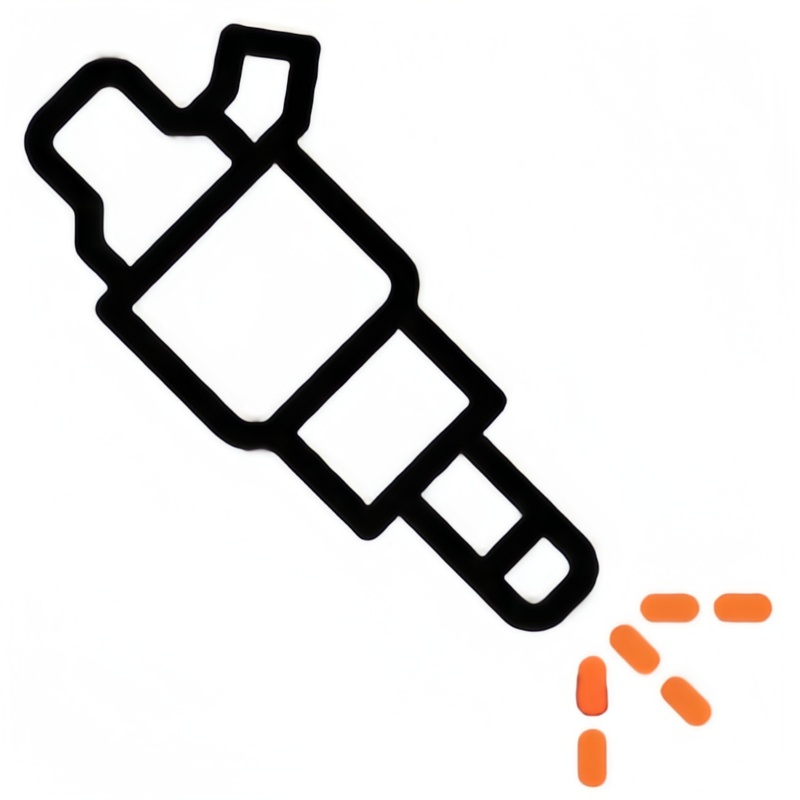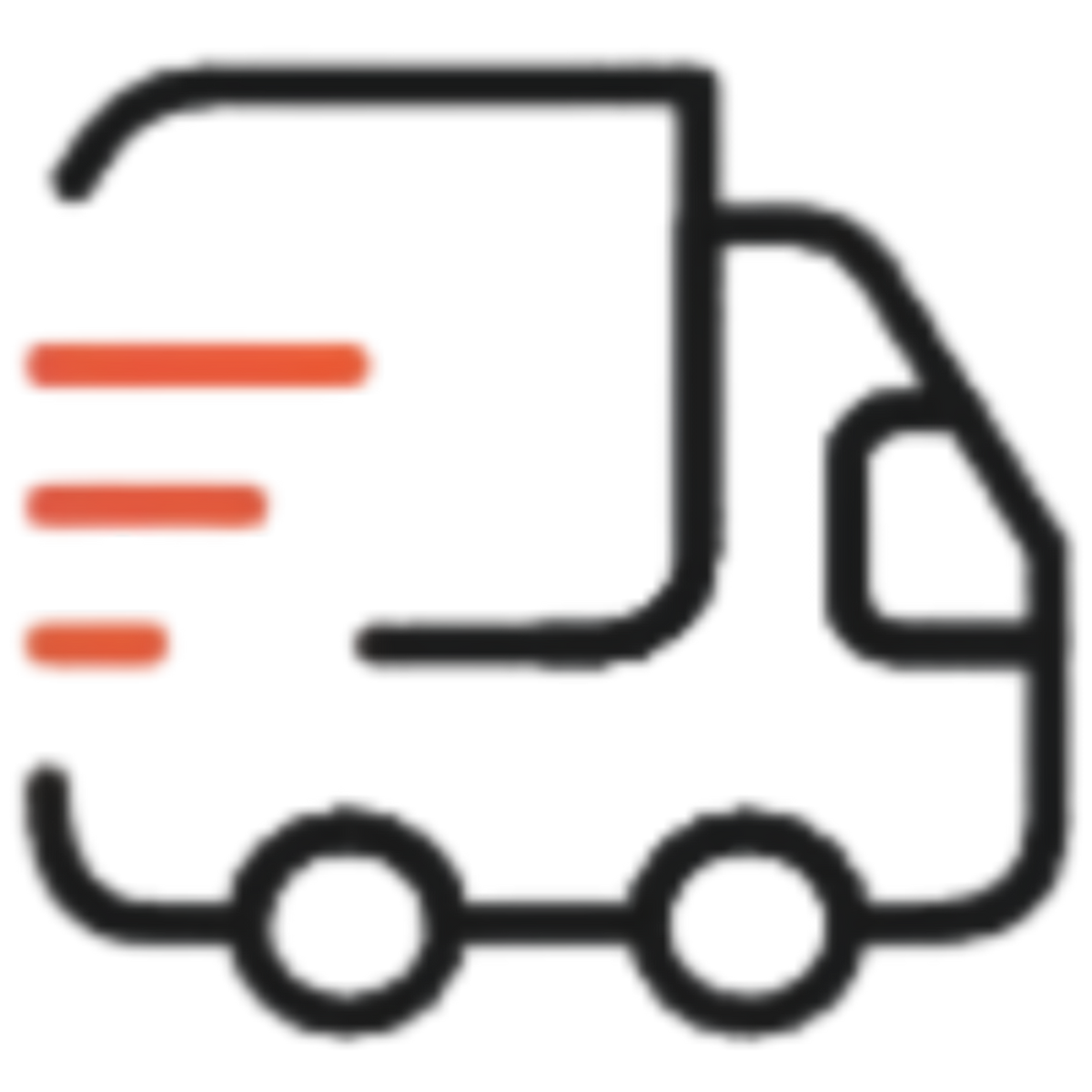In the operation of construction machinery, the fuel pump, as a key component, plays a decisive role in the stable operation of the engine. However, during long - term use, fuel pumps are prone to some faults, which affect the normal operation of construction machinery. Understanding these common faults and solutions is crucial for users and maintenance personnel of construction machinery.
I. Insufficient Fuel Pump Pressure
-
Fault Phenomenon: The engine has difficulty starting, lacks power during operation, accelerates slowly, and may even stall. In some large construction machinery such as excavators and loaders, it will be manifested as a significant decrease in work efficiency, and the digging or loading actions are weak.
-
Cause Analysis:
-
Internal Wear of the Oil Pump: When the fuel pump works for a long time, its internal components such as gears, plungers, and vanes will wear due to friction. For example, after the tooth surface of the gear in a gear pump wears, the clearance increases, reducing the volumetric efficiency of the fuel pump and resulting in insufficient output pressure.
-
Clogged Fuel Filter: If the fuel filter is not replaced for a long time, impurities and dirt will gradually accumulate, hindering the normal flow of fuel. It's like putting a "tight hoop curse" on the fuel pump, making it difficult for the fuel pump to deliver enough fuel to the engine, thus leading to insufficient pressure.
-
Air Leakage at the Oil Pump Inlet: The aging, damage, or improper installation of the sealing parts at the oil pump inlet will allow air to enter the fuel system. The mixing of air destroys the continuity of the fuel, preventing the fuel pump from building up sufficient pressure.
-
Solutions:
-
Check and Replace Worn Parts: For severely worn oil pump parts, they need to be replaced in a timely manner. When replacing, reliable original parts or high - quality substitutes that meet the specifications should be selected to ensure the performance of the fuel pump. For example, after replacing the worn gear, the fuel pump should be debugged to check whether the pressure returns to normal.
-
Replace the Fuel Filter: Replace the fuel filter regularly according to the operation manual of the construction machinery. Generally, it should be replaced every 500 - 1000 working hours. When replacing the filter, pay attention to selecting a filter suitable for the machine model to avoid affecting the operation of the fuel pump due to an unmatched filter.
-
Repair the Inlet Seal: Carefully check the sealing parts at the oil pump inlet. If there is aging or damage, replace them with new sealing parts in a timely manner. When installing the sealing parts, ensure correct installation to avoid air leakage. At the same time, check the inlet pipeline to ensure there are no breakages or looseness.
II. Excessive Noise from the Fuel Pump
-
Fault Phenomenon: During the operation of construction machinery, obvious abnormal noise from the fuel pump can be heard. The sound may be manifested as a sharp whistling sound, a dull impact sound, or an irregular buzzing sound.
-
Cause Analysis:
-
Insufficient Fuel: When the fuel level in the fuel tank is too low, the fuel pump is likely to suck in air during operation, resulting in noise. Just as a person makes a "gurgling" sound when drinking water when thirsty, the fuel pump also makes an abnormal sound after sucking in air.
-
Improper Installation of the Oil Pump: If the fuel pump is not fixed firmly during installation or the installation position is inaccurate, during the operation of the construction machinery, the fuel pump will collide with surrounding parts due to vibration, generating noise.
-
Internal Faults of the Oil Pump: Situations such as damage to the bearings inside the fuel pump, loosening of the impeller, or entry of foreign objects will all cause the fuel pump to generate noise during operation. For example, after the bearing wears, the friction force during its rotation increases, emitting a sharp noise.
-
Solutions:
-
Refuel in a Timely Manner: Keep the fuel level in the fuel tank within an appropriate range, generally not less than 1/4 of the fuel tank volume. Before the construction machinery starts working, check the fuel level to ensure sufficient fuel.
-
Re - install the Fuel Pump: Check the installation of the fuel pump. If it is loose, re - tighten it. At the same time, adjust the installation position of the fuel pump to make it in the correct installation state. After installation, start the construction machinery to check whether the noise of the fuel pump disappears.
-
Repair or Replace the Fuel Pump: If the excessive noise is caused by internal faults of the fuel pump, the fuel pump needs to be disassembled and inspected. For damaged parts such as bearings and impellers, repair or replace them in a timely manner. If foreign objects are found to have entered the fuel pump, clean them thoroughly. After repair, test the fuel pump to ensure its normal operation.
III. Fuel Pump Leakage
-
Fault Phenomenon: Traces of fuel leakage can be seen around the fuel pump, which may be manifested as dripping or seeping. At the same time, an obvious smell of fuel may be smelled.
-
Cause Analysis:
-
Aging of Sealing Parts: The sealing parts of the fuel pump, such as O - rings and gaskets, are gradually aged and hardened under the long - term soaking of fuel and the action of high temperature and high pressure, losing their sealing performance, thus resulting in fuel leakage.
-
Rupture or Loosening of Oil Pipes: The oil pipes connected to the fuel pump may rupture due to wear, corrosion, etc. during long - term use. In addition, if the oil pipe joints are loose, fuel leakage will also occur.
-
Damage to the Oil Pump Housing: During the operation of construction machinery, it may be affected by external forces such as collisions and vibrations, resulting in damage to the fuel pump housing. Once the housing has cracks or breakages, fuel will leak from the damaged parts.
-
Solutions:
-
Replace Sealing Parts: Replace the aging sealing parts in a timely manner. When replacing the sealing parts, select high - quality sealing parts that match the fuel pump model and install them strictly in accordance with the installation requirements. For example, when installing an O - ring, ensure that it is installed in place without distortion or damage.
-
Repair or Replace Oil Pipes: Check the condition of the oil pipes. For ruptured oil pipes, repair or replace them according to the degree of rupture. If the oil pipe joints are loose, re - tighten the joints. After repairing or replacing the oil pipes, conduct a pressure test on the fuel system to ensure there is no leakage.
-
Repair or Replace the Fuel Pump Housing: If the damage to the fuel pump housing is minor, try to repair it. However, if the damage is severe, replace the new fuel pump housing in a timely manner. When replacing the housing, pay attention to correctly installing the internal components of the fuel pump into the new housing and ensure firm installation.
At
FuelPartsPro, we deeply understand the troubles caused by fuel pump failures to you. We have a rich inventory of construction machinery fuel pump accessories. Whether it is accessories related to gear pumps, plunger pumps, or vane pumps, we can provide them for you. Our accessories are all from reliable suppliers and are of guaranteed quality. If you encounter any problems during the maintenance of the fuel pump or need to purchase related accessories, please feel free to visit our website
FuelPartsPro. Our professional team will wholeheartedly serve you, help you quickly solve fuel pump failures, and make your construction machinery resume efficient operation.







